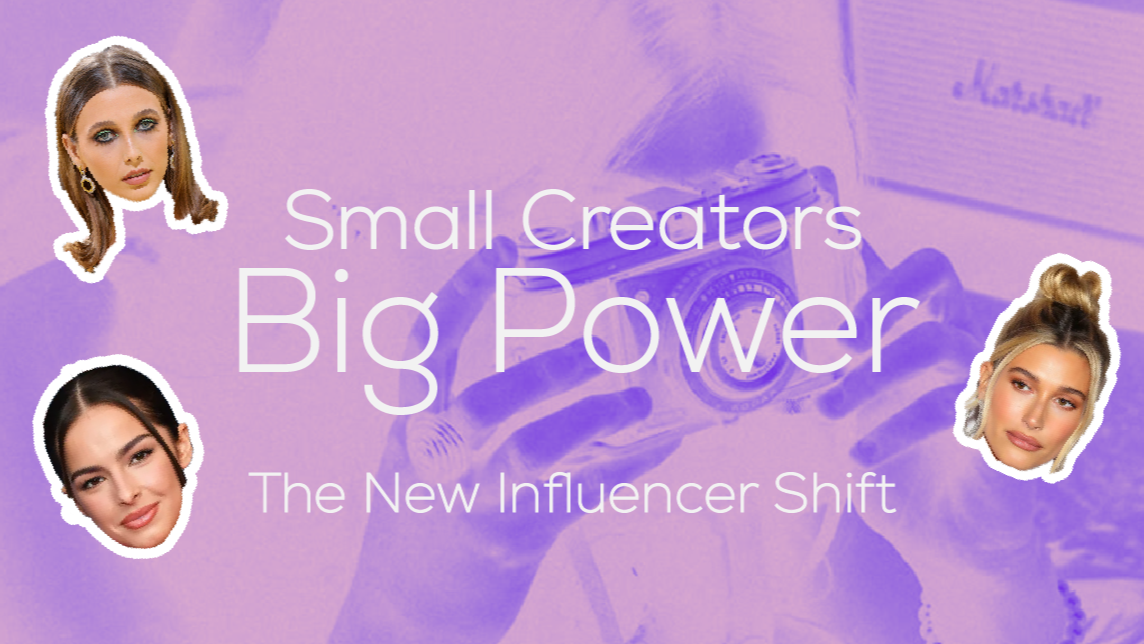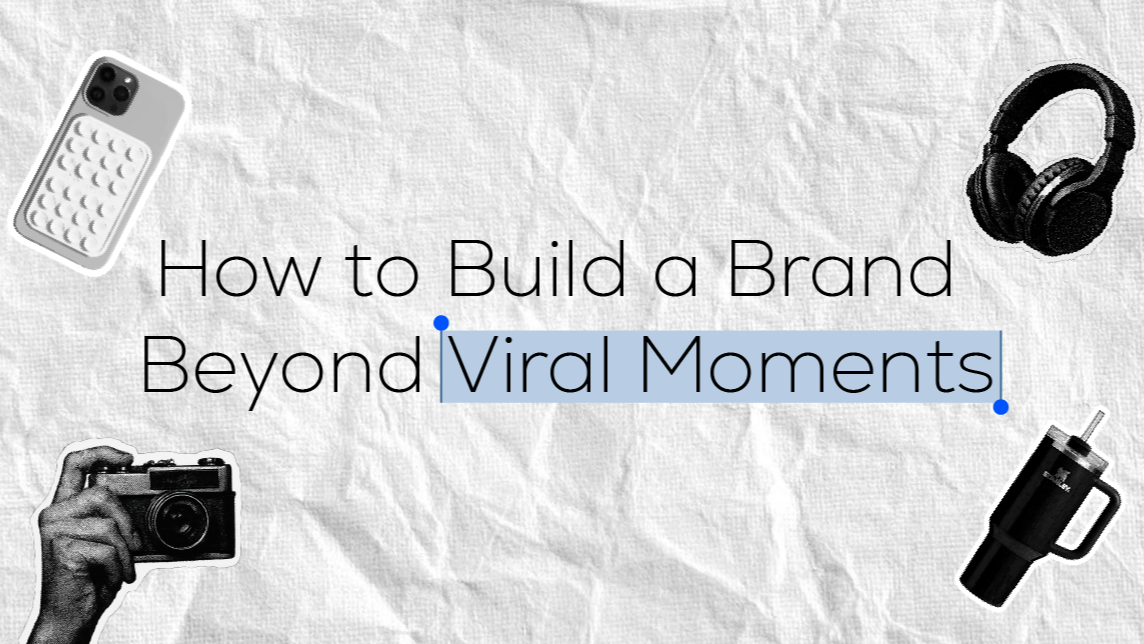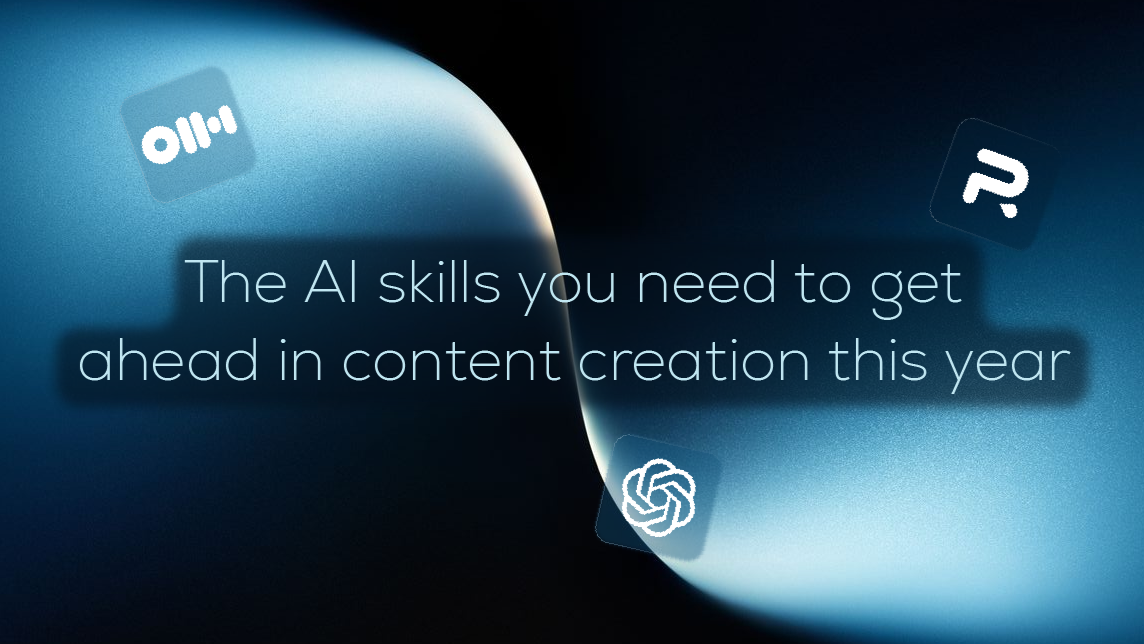We’ve all seen it happen. A brand drops a campaign. The internet goes wild. People repost it, debate it, even wear the merch… but when it’s time to open their wallets? They go somewhere else.
This gap has a name: the Affection-Action Gap. It’s when people admire a brand, vibe with its story, defend it online… but don’t actually buy.
Take Tesla, for example. Everyone talks about it – memes, debates, hot takes. Many young buyers admire the brand, but not everyone buys a car. Sure, price, availability, and practicality are obvious barriers. But there are also societal and personal factors at play: people’s financial situation, political views, or opinions about Elon Musk and the company. Some fans love the technology but disagree with leadership decisions, environmental claims, or social stances. All of this means engagement can be huge – buzz, likes, debates – but it doesn’t always translate into revenue.
Or Harley-Davidson. Fans are obsessed – some even tattoo the logo. The brand carries a rich legacy of rebellion, freedom, and Americana. But younger generations often see Harley as “old-school” or out of step with today’s values. Rising interest in sustainability, urban living, and practical commuting makes a heavy, loud motorcycle less relevant to their lifestyles. They love the idea of Harley – the heritage, the image, the vibe – but they’re not the ones driving the bikes off the lot.
Then there’s Glossier. By building a loyal online community through influencer partnerships and user-generated content, the brand became a social media darling. Fans loved to talk about it, share it, and feel part of the community – but as the customer base grew, scaling operations while keeping that authentic, personal connection became tricky. Because they didn’t manage to scale engagement effectively and failed to maintain the same level of personal connection, admiration was high, but consistent revenue growth didn’t automatically follow.
Gen Z and Millennials don’t just want a brand to look cool. They want meaning, purpose, and authenticity. Legacy alone isn’t enough. You can have all the likes, shares, and conversations in the world, but if your product doesn’t fit current needs, trends, or budgets, people scroll past – or admire from a distance. Even viral campaigns, memes, or trending posts can create massive attention – but without relevance, that attention fades before it becomes revenue.
Psychologists call this the Attitude–Behaviour Gap: what people say doesn’t always match what they do. Brand equity – recognition, history, reputation – earns engagement. But action comes from relevance: how the brand fits into someone’s life right now. The bigger the gap between admiration and meaningful relevance, the less likely engagement translates into sales.
The key question for every brand in 2025 isn’t just: “Are people talking about us?” It’s: “Are people actually buying from us?”
At Brandfluence, we know that engagement alone isn’t enough. From branding and design to digital experiences and marketing campaigns, we help brands bridge the gap between buzz and real results. Because at Brandfluence, we don’t just create – we build brands that influence and convert.







